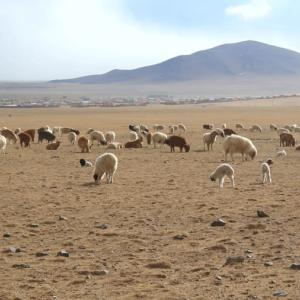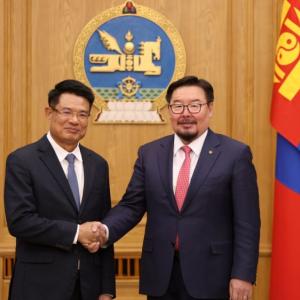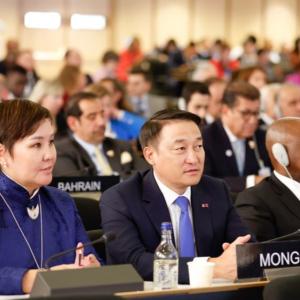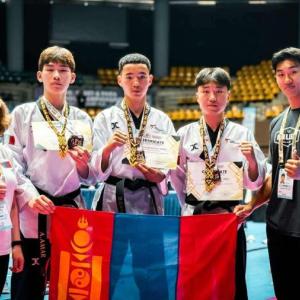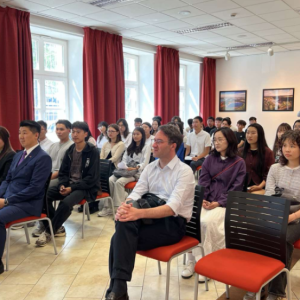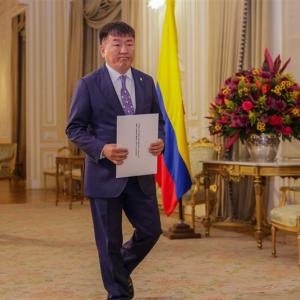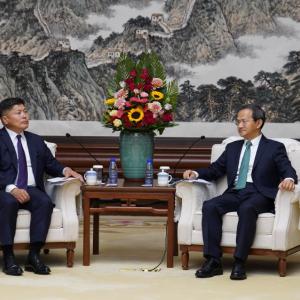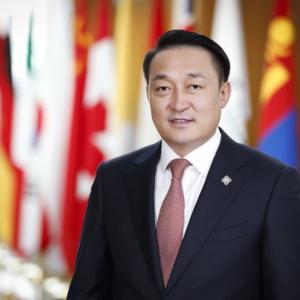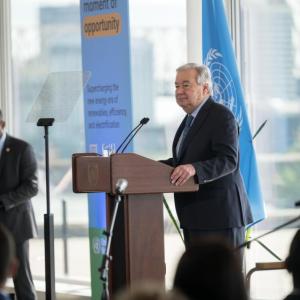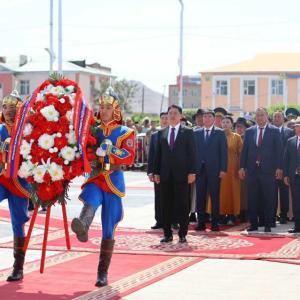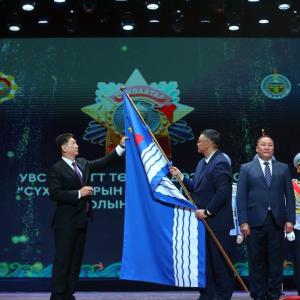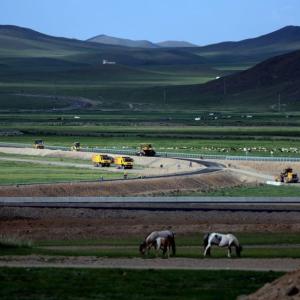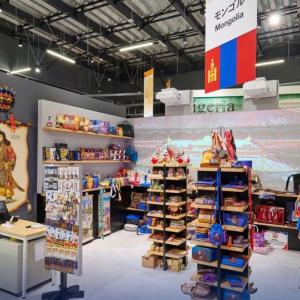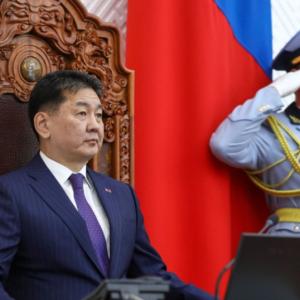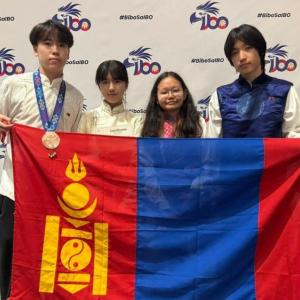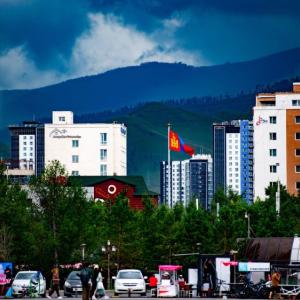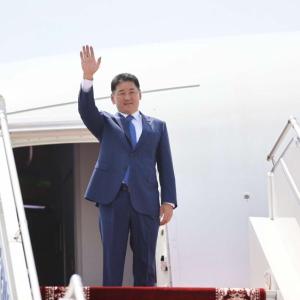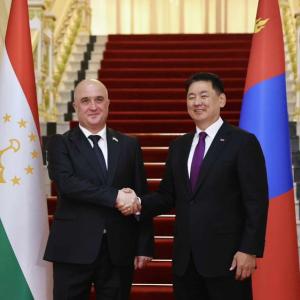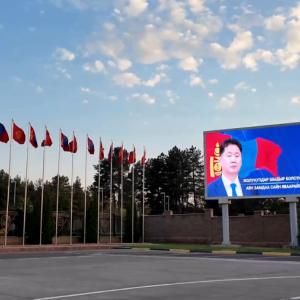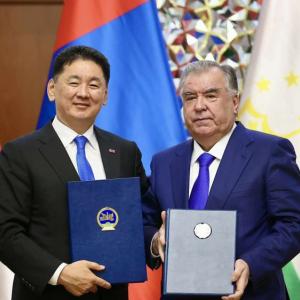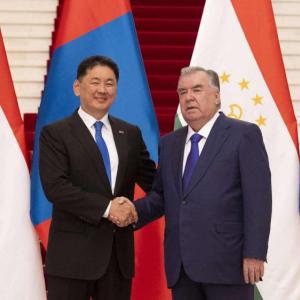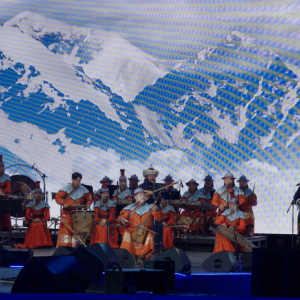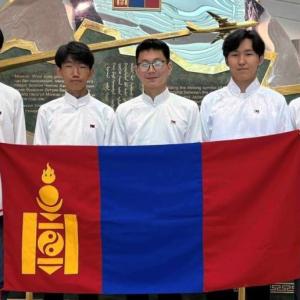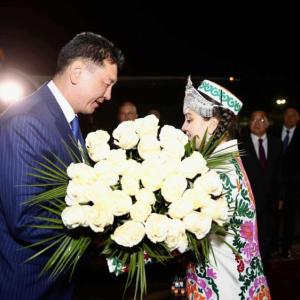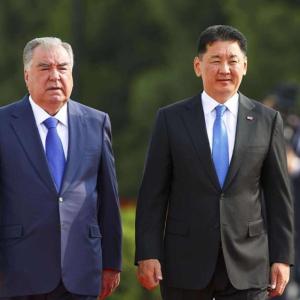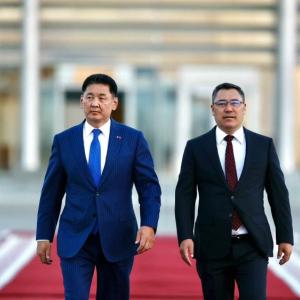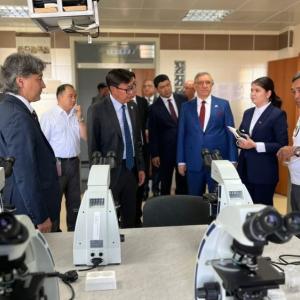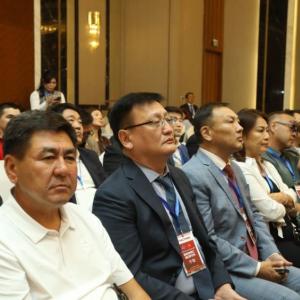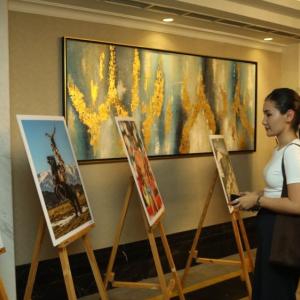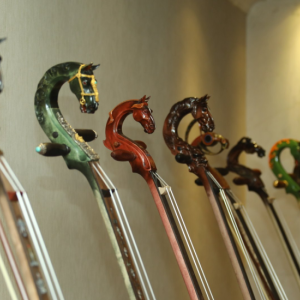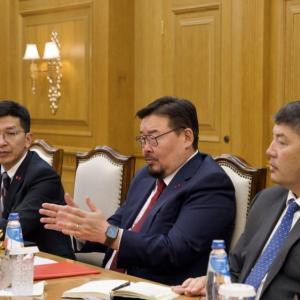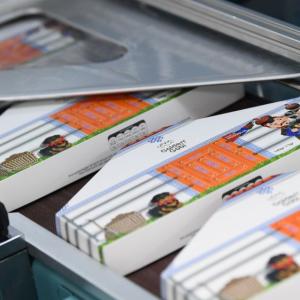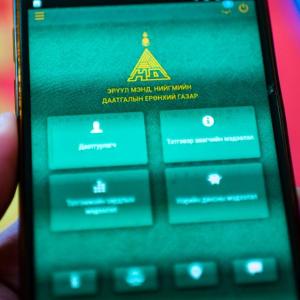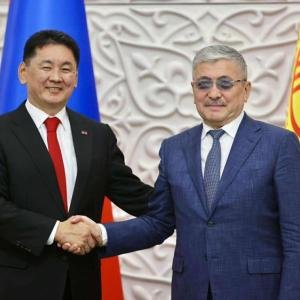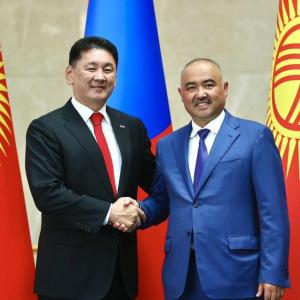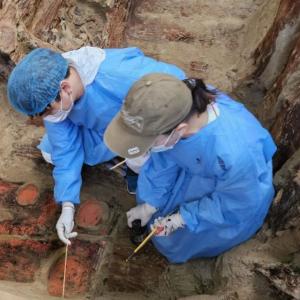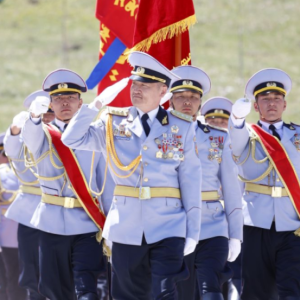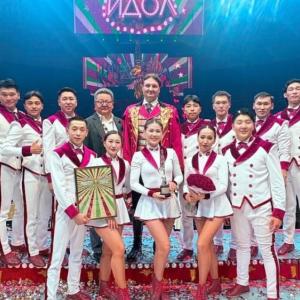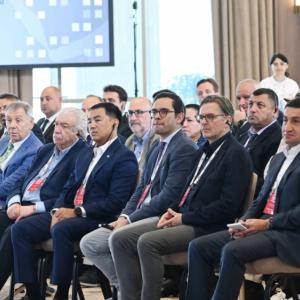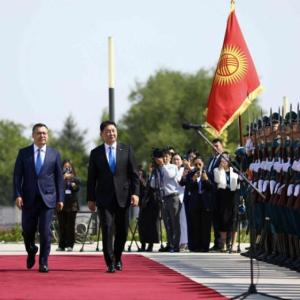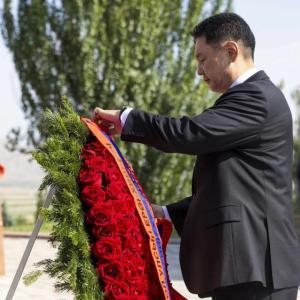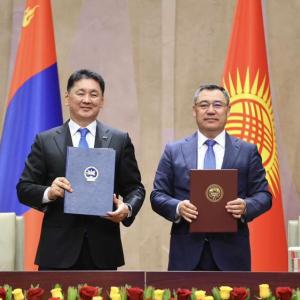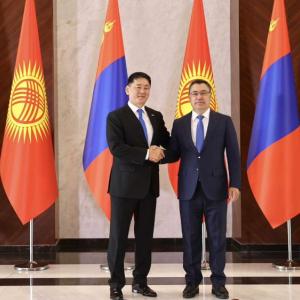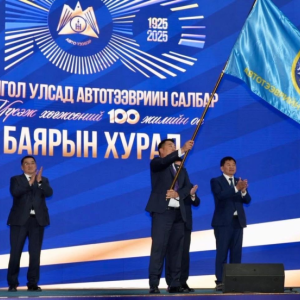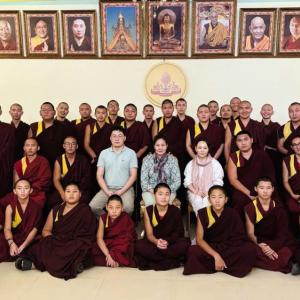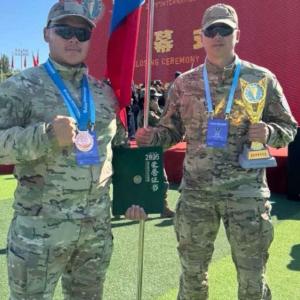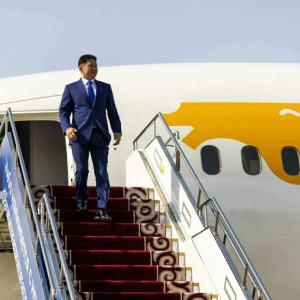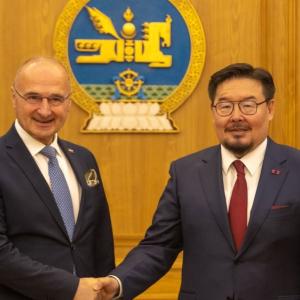The real sound of nomads should be revived and protected
The Mongol Messenger
Composer talks about his accomplishments and ambitions
Does the term ‘sound of Mongolia’ excite you? It should. While everybody’s aware of Mongolia’s heroic Khaans and long history, the soft power of the nation is a bit underestimated or neglected by majority of the people who take an interest in the country. Mongolia is a country of beautiful sound and immense talent. Mongolians nomads have expressed their emotion and message through many musical means including traditional long song, khoomei (throat singing) and instruments such as Morin Khuur, Tsuur or others for as long as their emergence on the Eurasian land.
As a music-lover of all genres, I would define the sound of Mongolia as a beautiful combination of long song, khoomei and Morin Khuur. Do you all remember how Mongolian folk group ‘Khusugtun’ performed at BBC Proms Human Planet in 2011 to absolutely stun the audience with their powerful and invigorating sound? I advise my reader to take a look at the footage in Youtube in case he or she missed the performance. The same band also made it to the finals of ‘Asia’s Got Talent’ show in 2015. That’s a good example of Mongolian sound gaining recognition in the international scene.
But ‘Khusugtun’ is only one of Mongolian folk group to be recognized for their recreation of the sound of nomads. Mongolian eminent band ‘Altan Urag’ and Chinese ‘Hanggai’ band from Inner Mongolian Autonomous Region can be named as groups that are successfully promoting the sound of Mongolia abroad. Ethnic groups like ‘Domog’ (Myth), ‘Jonon’, ‘Arga Bilig’ and ‘Behi’ are more popular in Mongolia for resounding the music of the ancestors of Mongolians, and mixing it with bits of modern touches. It is understood that the popularity of folk music is on the rise in Mongolia.

In the past 5 years, the Bureau studied and remade arc-shaped Altai harp which was played around 1400 years ago, and Ahu grand harp which was played in the palace of kings. Being an honorary musical instrument dedicated only for the kings, the Ahu harp was forbidden to be played for general public which resulted in the long discontinuation of this instrument.
“Mongolians like deeper and resonant sound”
D.Ganpurev compared Altai harp and Ahu grand harp, “These are two different instruments in the category of harp. Generally speaking, harps are usually divided into three categories – arc-shaped, and those played vertically and horizontally. Ahu is a horizontal zither. Altai harp is an arc-shaped harp. These two harps sound similar as they belong in the same category. But let me note here that all harp instruments’ strings including that of Ahu harp are bridged. But Altai harp, as an arched harp doesn’t use bridges, the strings are directly attached from the pillars which makes its sound more broad, spacious and unique”.
When asked how these harps differ from similar instruments played in the East, he answered, “Belonging to a same group of instrument, Chinese guzheng or Mongolian Ahu will sound the same, but differ in timbre. While guzheng produces a sophisticated and piping sound, Ahu sounds deeper, sonorous and resonant which might be due to Mongolians’ worship of nature or nomadic lifestyle”.
As I sought to hear his perspective on the development and progress of Mongolian folk music nowadays, he explained, “I think, Morin Khuur has developed very fast as a national instrument. Many classic and foreign compositions are now being played by Morin Khuur. Lots of experiments are being done on the instrument. But the question is whether this is a real development of the instrument or not. I believe that it is crucial to co-maintain the original and traditional approach to any instrument or cultural phenomenon alongside the evolvement in accordance with modern society”.
Kh.Aminaa
The full article can be found from the Mongol Messenger's issue No. 42 for October 21, 2016.

 Ulaanbaatar
Ulaanbaatar
.JPG)
